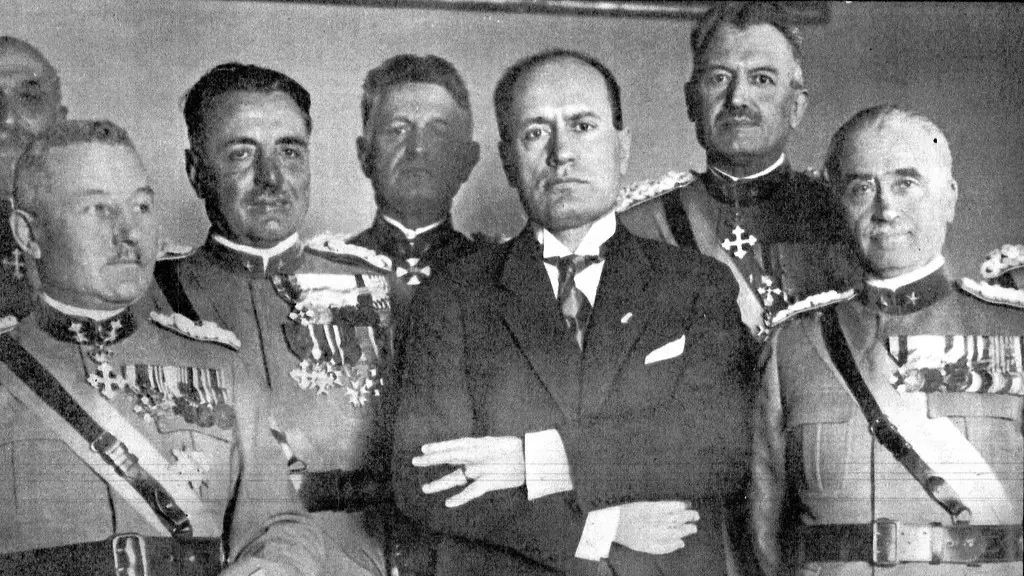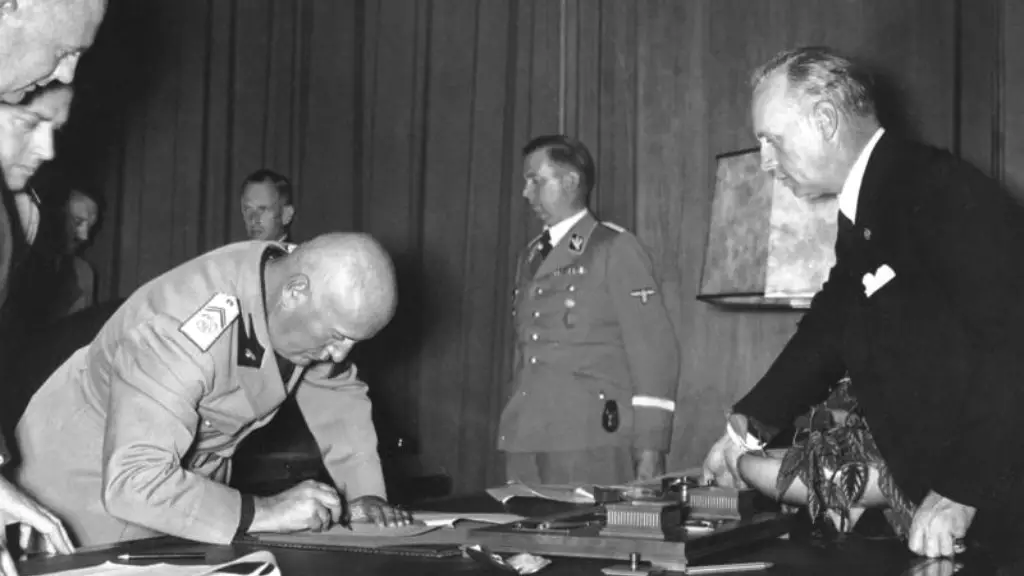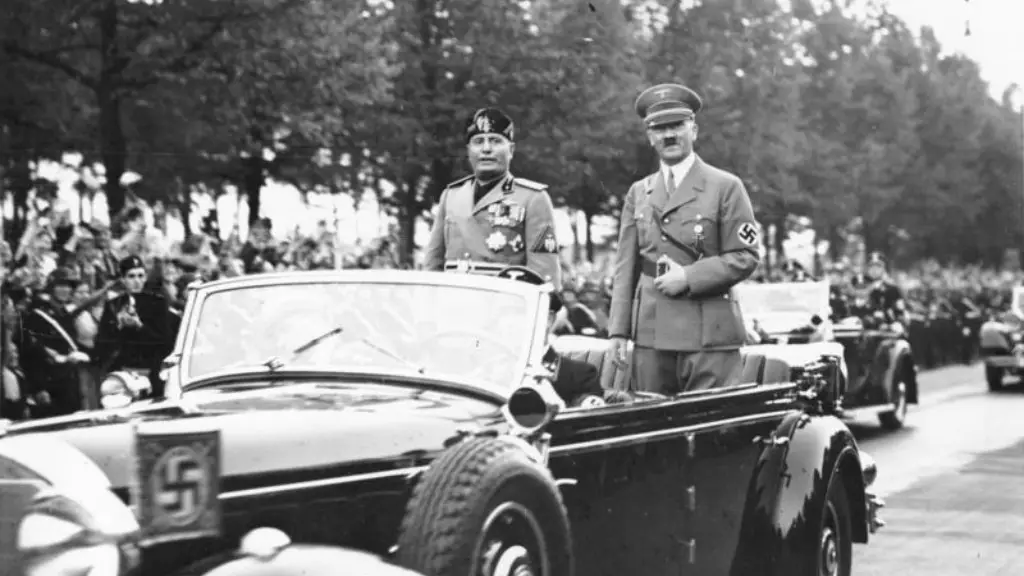The Gulf War was a conflict between Iraq and a coalition of 34 nations led by the United States, which occurred from August 2, 1990 to February 28, 1991. conflict resulted from Iraq’s aggression against neighboring Kuwait. While the war concluded with Iraq’s defeat, Saddam Hussein’s Ba’athist government remained in power.
Many factors led to Saddam Hussein’s defeat in the Gulf War. These include Iraq’s outdated military equipment, Hussein’s poor leadership and strategy, and the superb military capabilities of the U.S.-led coalition forces. Additionally, the international community’s condemnation of Iraq’s invasion of Kuwait and subsequent support for the coalition’s military action against Iraq was critical to the war’s outcome.
What is the cause of Saddam Hussein in Gulf War?
The Persian Gulf War was triggered by Iraq’s invasion of Kuwait on August 2, 1990. This invasion led to a international conflict that lasted for over a year.
After spending nine months on the run, former Iraqi dictator Saddam Hussein is captured on December 13, 2003. Saddam’s downfall began on March 20, 2003, when the United States led an invasion force into Iraq to topple his government, which had controlled the country for more than 20 years.
What did Saddam Hussein do during the Gulf War
Kuwait refused, and Iraq invaded. The United Nations (UN) responded by approving resolutions condemning the invasion and authorizing the use of military force to drive Iraq out of Kuwait. A US-led international coalition of forces launched a massive air campaign on January 17, 1991, followed by a ground offensive on February 24. In just over four weeks, Iraq was defeated, and Kuwait was liberated.
Iraq’s military strategy and operations were poorly designed and executed. The defensive scheme failed to exploit potential options for prolonging the conflict and maximizing Coalition casualties. Poor motivation and morale undermined the Iraqi defense.
Was the Gulf war Justified?
The Gulf War was justified because under international law it is illegal for one country to arbitrarily invade another. Before going to war, the US asked the United Nations for an official resolution to liberate Kuwait by force. This permission was granted.
Saddam Hussein was executed on December 30, 2006. He was convicted of crimes against humanity by the Iraqi Special Tribunal for the killing of 148 Shi’ites in the town of Dujail in 1982, in retaliation for an assassination attempt against him. His execution was carried out by hanging.
Sami al-Askari, a witness to the execution, said that Saddam Hussein shouted “Allahu Akbar” (God is Great) before the rope was put around his neck. He also said that Saddam expressed no fear and that he was calm throughout the execution process.
The execution of Saddam Hussein was widely condemned by human rights organizations and others who believe that the death penalty is a violation of human rights. However, many Iraqis were relieved and happy to see Saddam Hussein finally receive justice for his crimes.
What did Saddam Hussein want?
Saddam Hussein’s goals as president were to supplant Egypt as leader of the Arab world and to achieve hegemony over the Persian Gulf. Iraqi forces invaded Iran’s oil fields in September 1980, but the campaign bogged down in a war of attrition.
The Iraq War was a devastating conflict that lasted for over a decade. The United States led a coalition of forces into the country in order to overthrow the Ba’athist regime of Saddam Hussein. The conflict was characterized by a large number of American troops on the ground, as well as devastating violence and civilian casualties. After years of fighting, the US finally withdrew its forces from Iraq in 2011.
What did the US do to Saddam Hussein
Saddam Hussein, the deposed president of Iraq, was captured by the United States military forces in the town of Ad-Dawr, Iraq on 13 December 2003. Codenamed Operation Red Dawn, this military operation was named after the 1984 American film Red Dawn.
Saddam Hussein was found in a small underground hideout, and was captured without incident. He was then taken into American custody, and was later tried and executed by the Iraqi government.
Operation Red Dawn was a significant event in the Iraq War, as it led to the capture of one of the most wanted men in the world. It also showed that the American military was able to successfully target and capture high-value targets, despite the fact that Saddam Hussein was in hiding.
The USSR had long been a close ally of Baghdad. It had a treaty of friendship and co-operation with Saddam Hussein’s regime, and for two decades it had trained the Iraqi military, supplying it with billions of dollars worth of weaponry and equipment.
Was Kuwait stealing Iraqi oil?
In 1989, Iraq accused Kuwait of using “advanced drilling techniques” to exploit oil from its share of the Rumaila field. Iraq estimated that US$24 billion worth of Iraqi oil was “stolen” by Kuwait and demanded compensation.
Saddam Hussein’s military was quite powerful during the Gulf War in the 1990s. They were ranked 4th in the world and had weapons from the USSR. They also had the support of Western countries against Iran.
How strong was Iraq before the Gulf war
The Iraqi Army was a formidable fighting force in the lead up to the Persian Gulf War. Comprised of 47 infantry divisions, 9 armoured divisions, and 7 corps, the Iraqi Army was a well-trained and well-equipped force. The addition of the 12 Iraqi Republican Guard divisions brought the total land force divisions up to 68. The Iraqi Army was a formidable opponent and was only defeated after a long and difficult campaign.
Though the Gulf War was recognized as a decisive victory for the coalition, Kuwait and Iraq suffered enormous damage. Saddam Hussein was not forced from power and an estimated 8,000 to 10,000 Iraqi forces were killed in comparison to only 300 coalition troops.
Did the US profit from the Gulf war?
The United States made a “profit” on the war during the fiscal year 1991, which ends on Oct 1. Total pledges from coalition partners to the United States came to $54 billion. Thus far, the amount received has been $466 billion, of which $418 billion was in cash and $54 billion in kind, especially fuel.
The public’s perception of the war in Iraq has changed over time. Initially, there was strong support for the war. However, as the conflict dragged on, support for the war decreased. Now, after the US has pulled out of Iraq, public opinion is once again shifting in favor of the war.
Conclusion
There are many reasons why Saddam Hussein lost in the Gulf War. One reason is that the United States and its allies had much better military technology. Another reason is that Saddam Hussein made some poor military decisions, such as attacking Kuwait without first taking care of business at home. Additionally, the United States and its allies had much more international support than Saddam Hussein did.
One of the main reasons Saddam Hussein lost in the Gulf War was due to the overwhelming superiority of the coalition forces in both numbers and equipment. Additionally, Saddam Hussein notoriously underestimated the resolve of the coalition forces and their ability to wage a successful campaign. He also didn’t adequately prepare his own forces for the war, leading to widespread desertions and low morale. Ultimately, Saddam Hussein’s miscalculations and poor leadership led to his defeat in the Gulf War.





